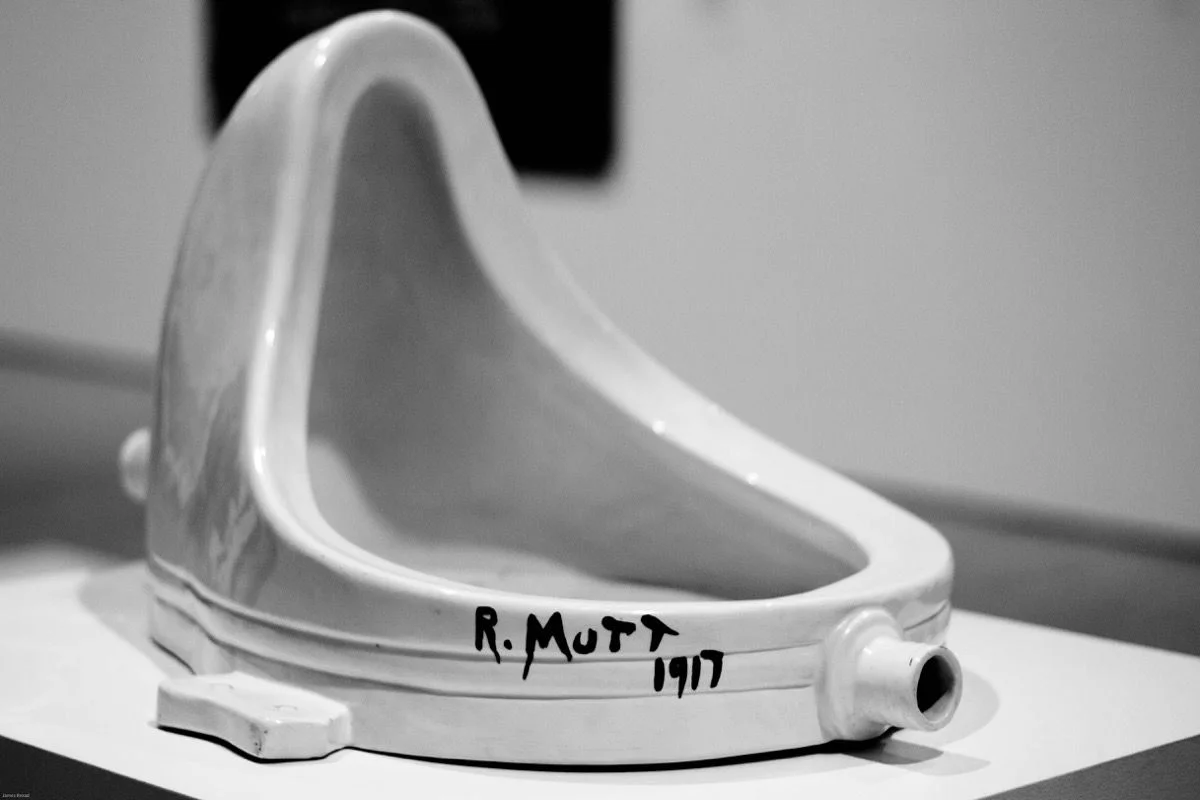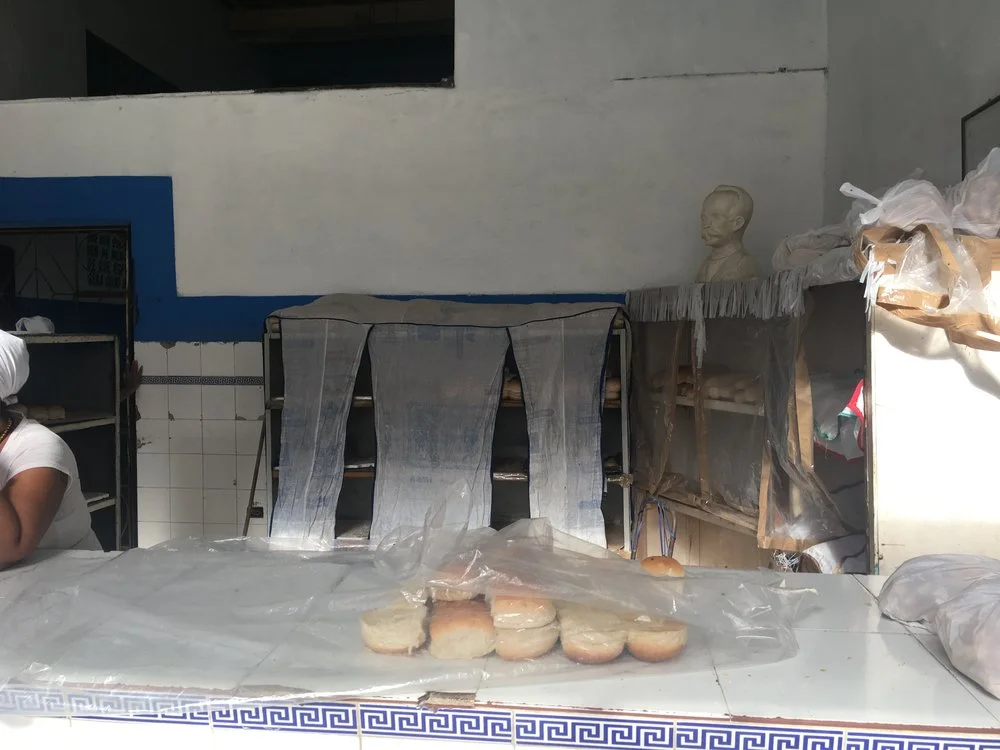So Is Contemporary Art Actually That Confusing?
“I don’t like contemporary art, because I can’t understand it. What does the artist really want to express?” People often complain about contemporary art and its difficulty to be understood.
The truth is, the turning point of contemporary art history is undoubtedly the famous Duchamp fountain. He brought a readymade product from the male toilet to the exhibition space. Since then, the fine line between art and daily life was blurred.
For instance, the female Chinese artist and engineer Liu Xin’s chose bread as her art medium. She follows the shape of Cuba’s national round daily bun to make her artwork Bread Havana. Like Cuba’s daily subsidised national bun, this artwork’s raw materials are imported flour, sugar, dry yeast, and water. The unique part of the Bread Havana is its flavour. In order to complete this artwork, Dana Gasiorowski from IFF (International Flavour and Fragrance) designs an essence flavour that balances the nuances of gasoline, sweat and white ginger flower (the national flower of Cuba).
The artwork is appreciated through a dining experience. Liu Xin will serve the audience with freshly baked bread. When the audience breaks the bread, bites, chews and swallows, it will notice the difference between Bread Havana and bread sold in regular stores. Bread Havana tastes like nothing but pale flour. This dull taste won’t shock the audience but drives people to think of the living conditions in Cuba.
State-owned bakery in Havana, Cuba





